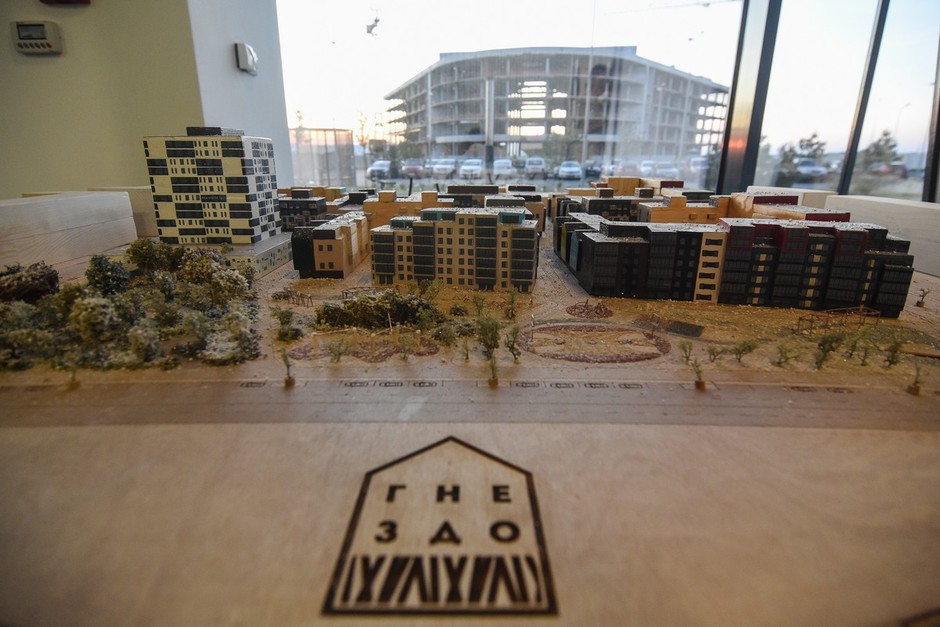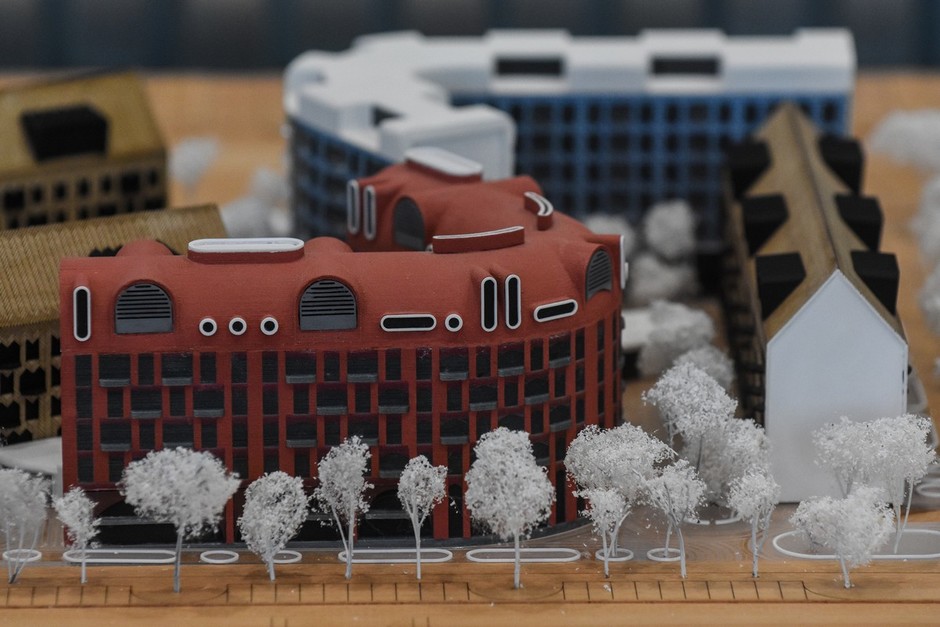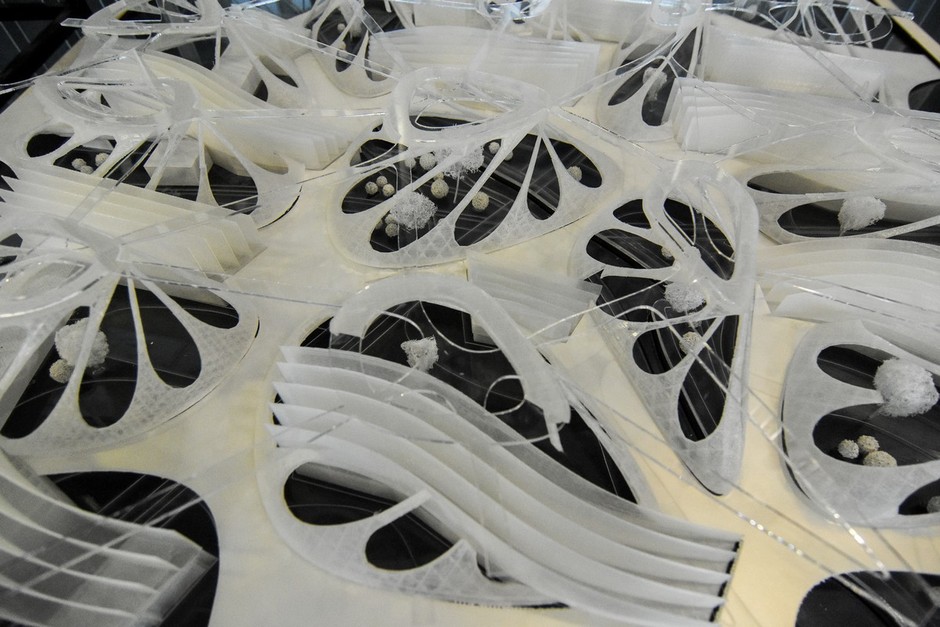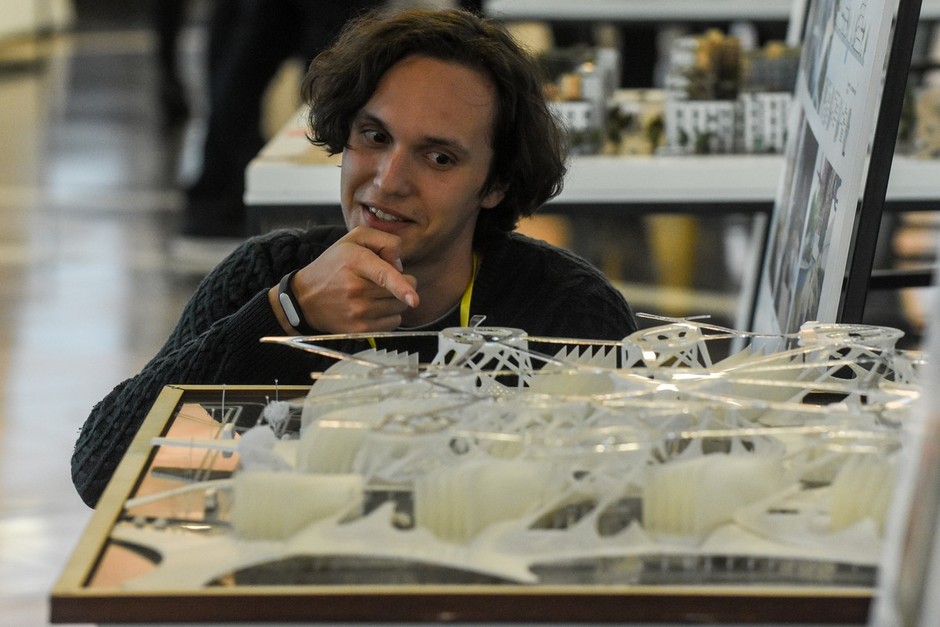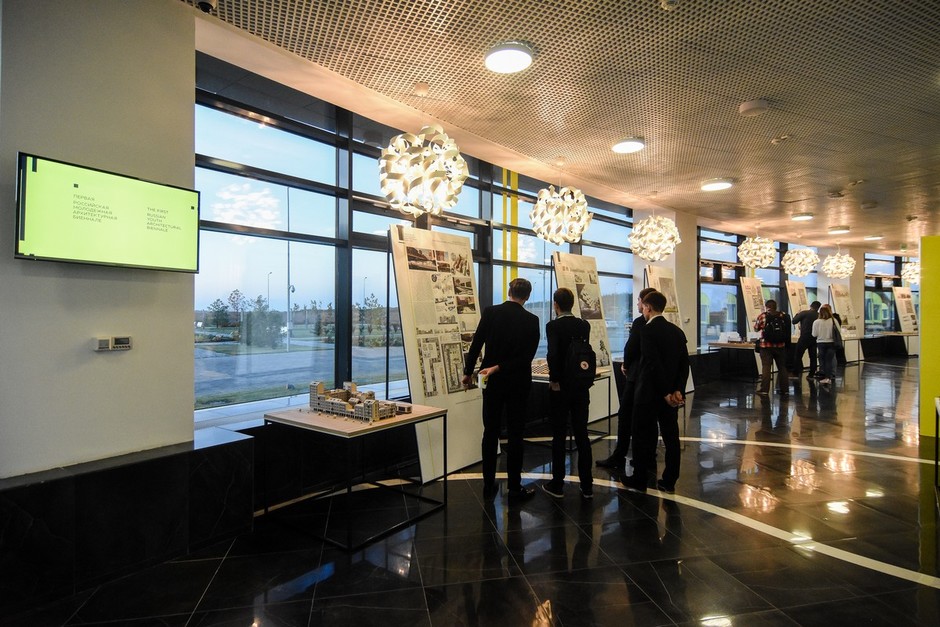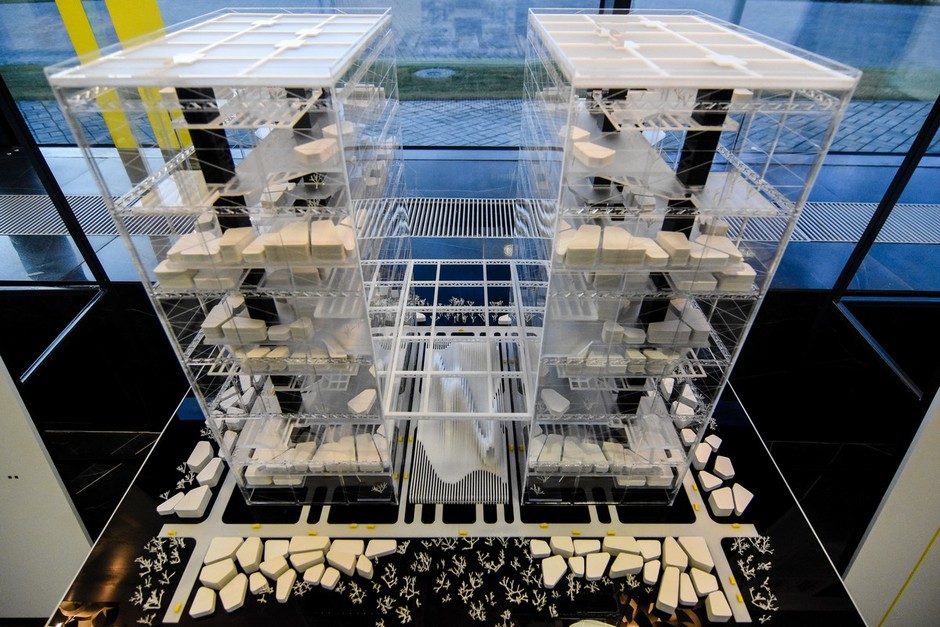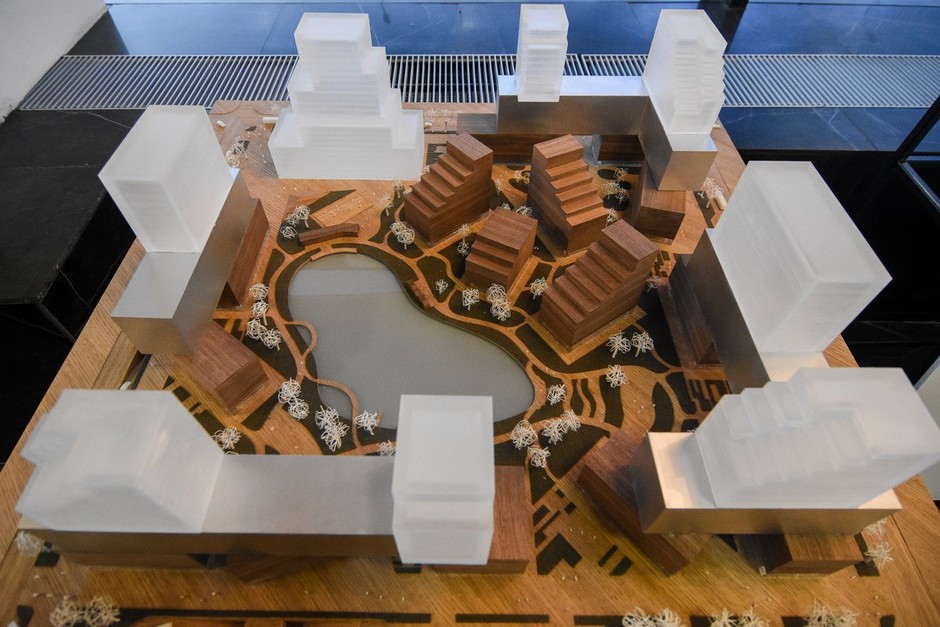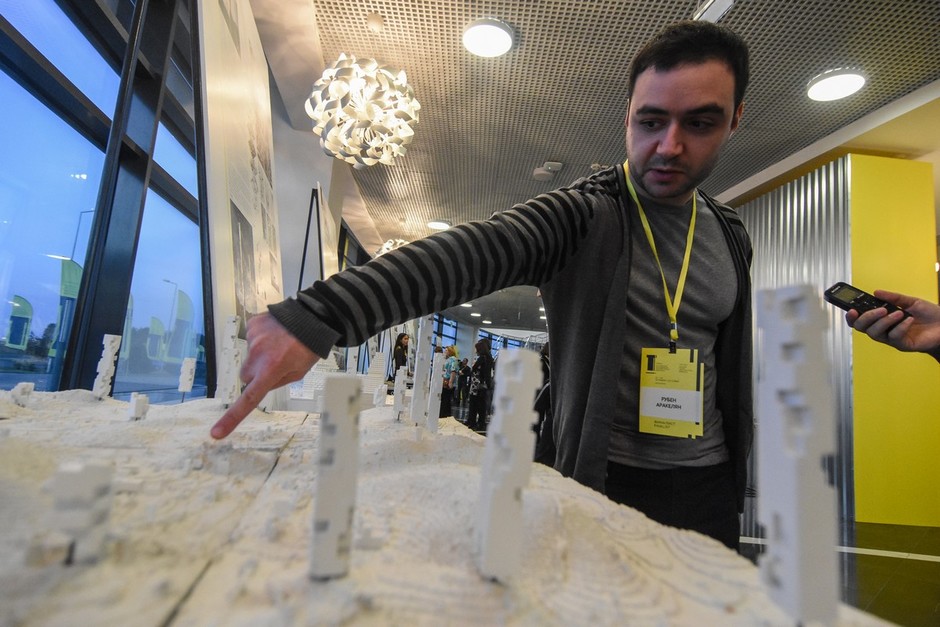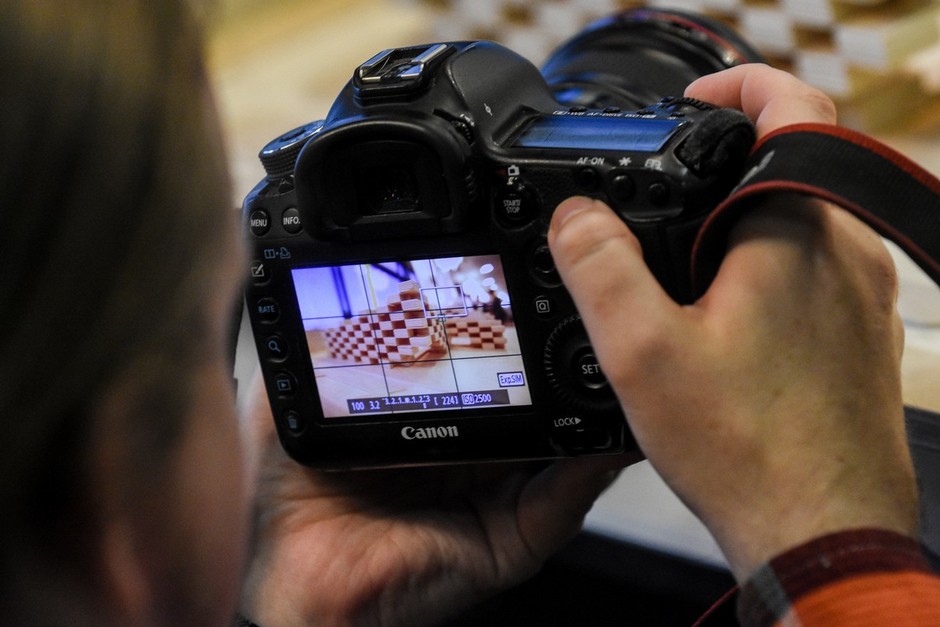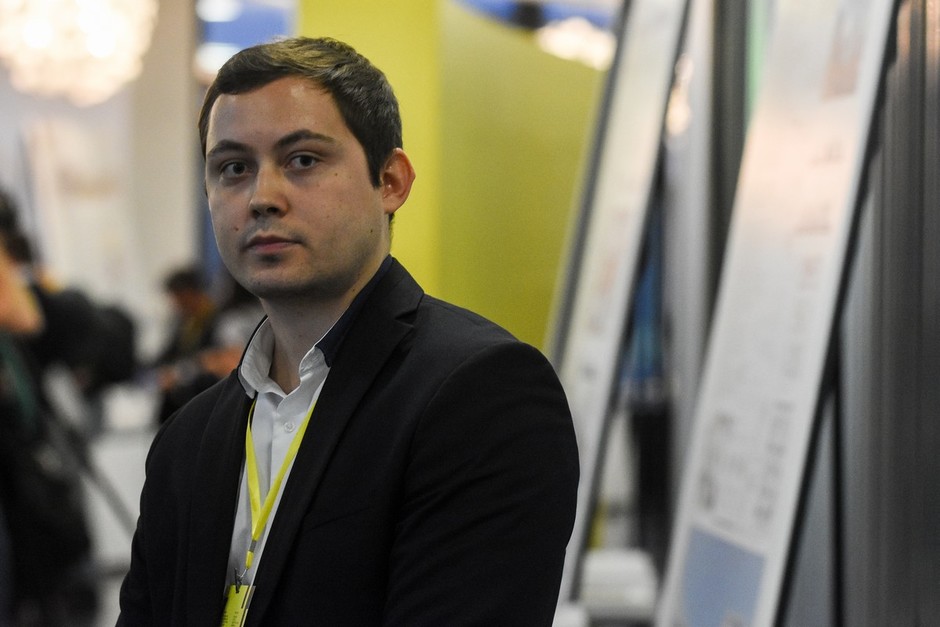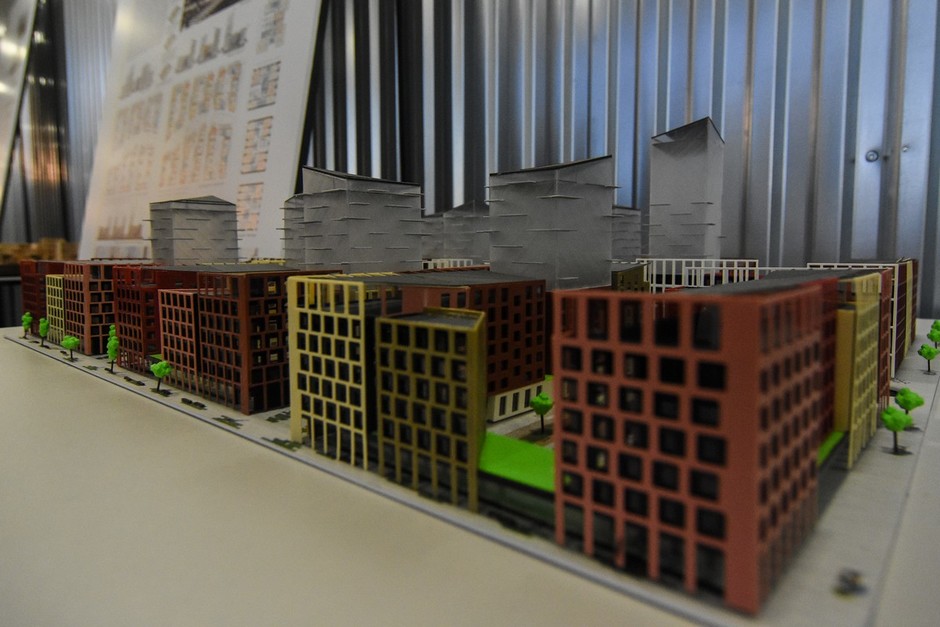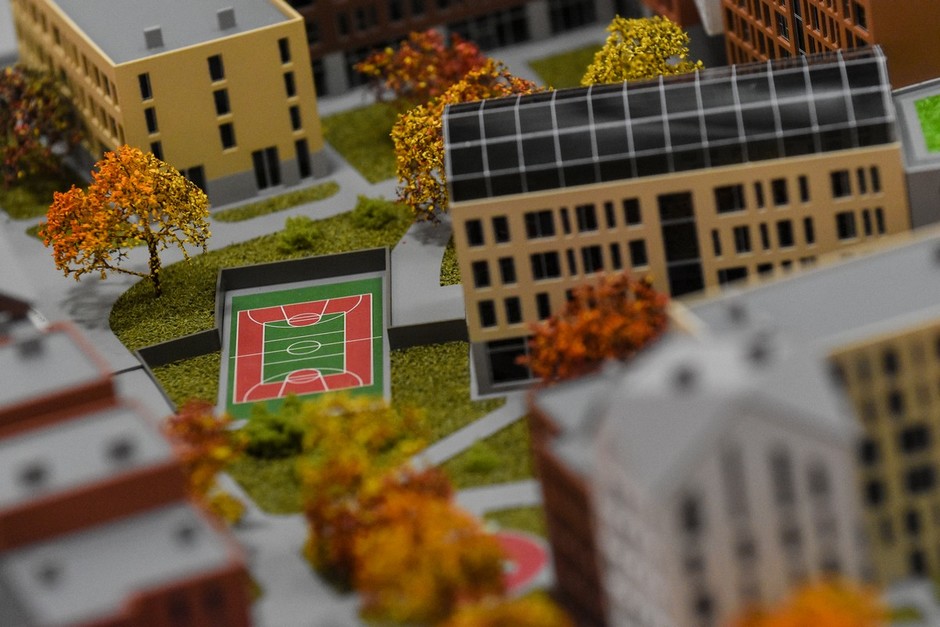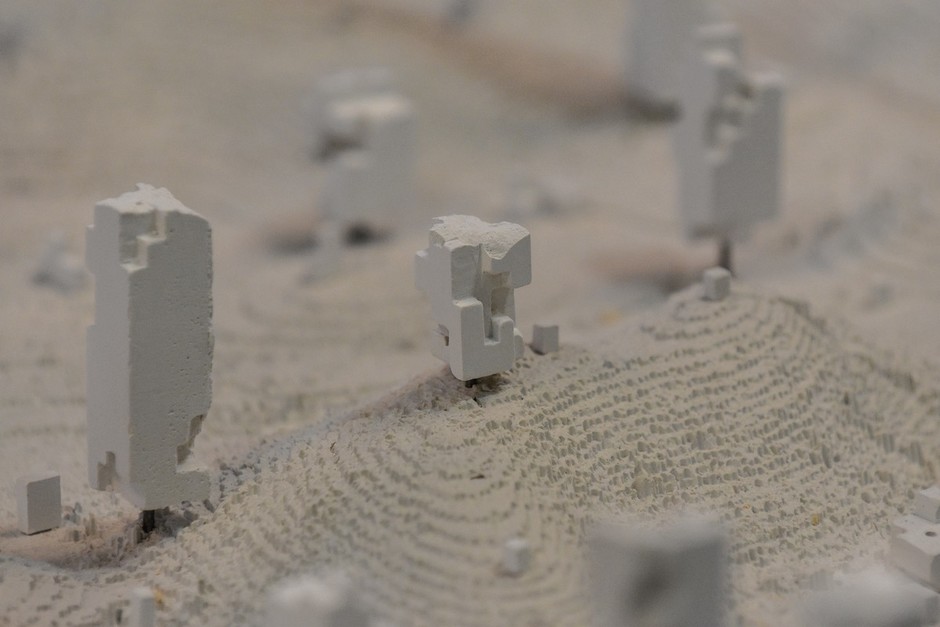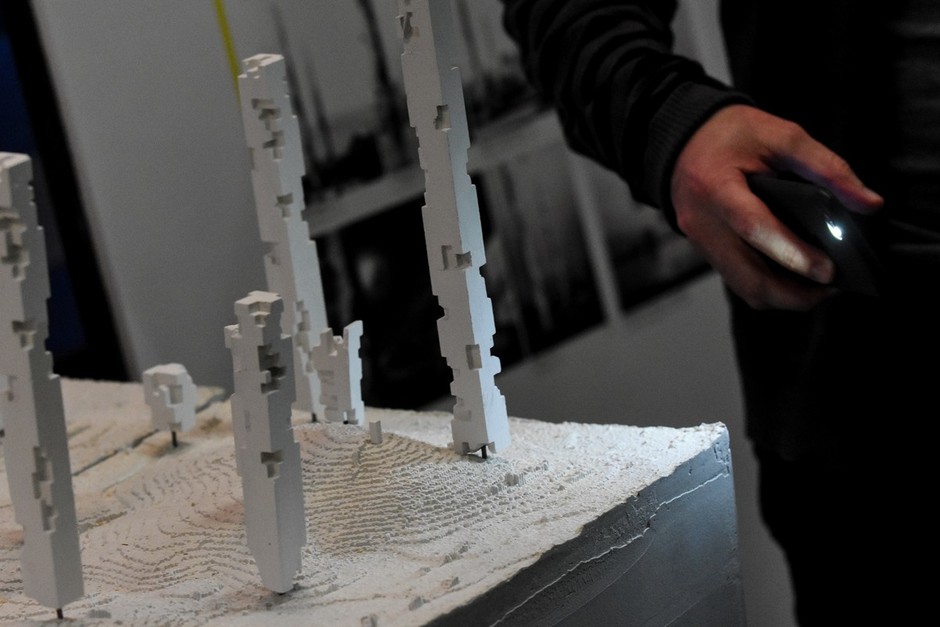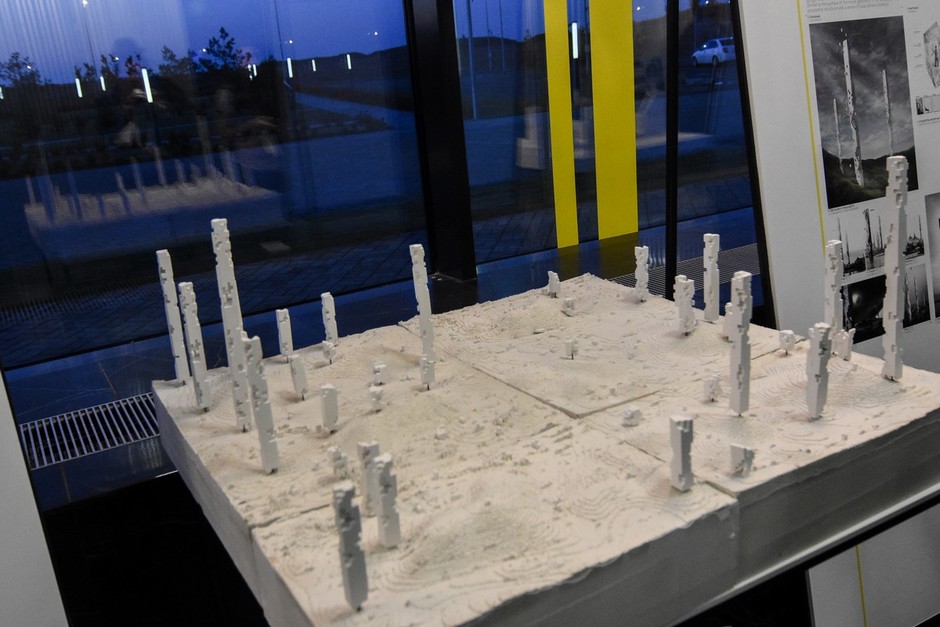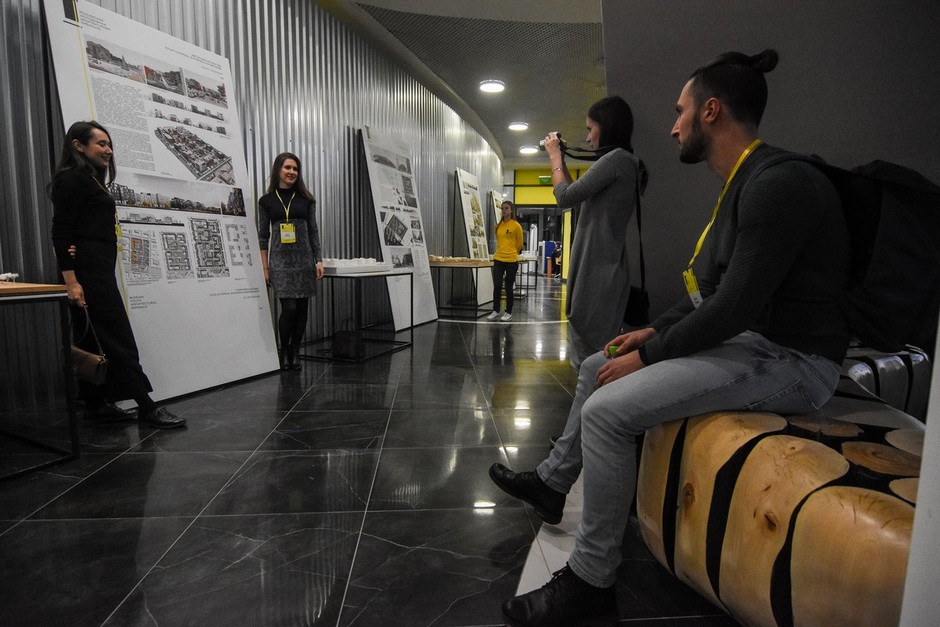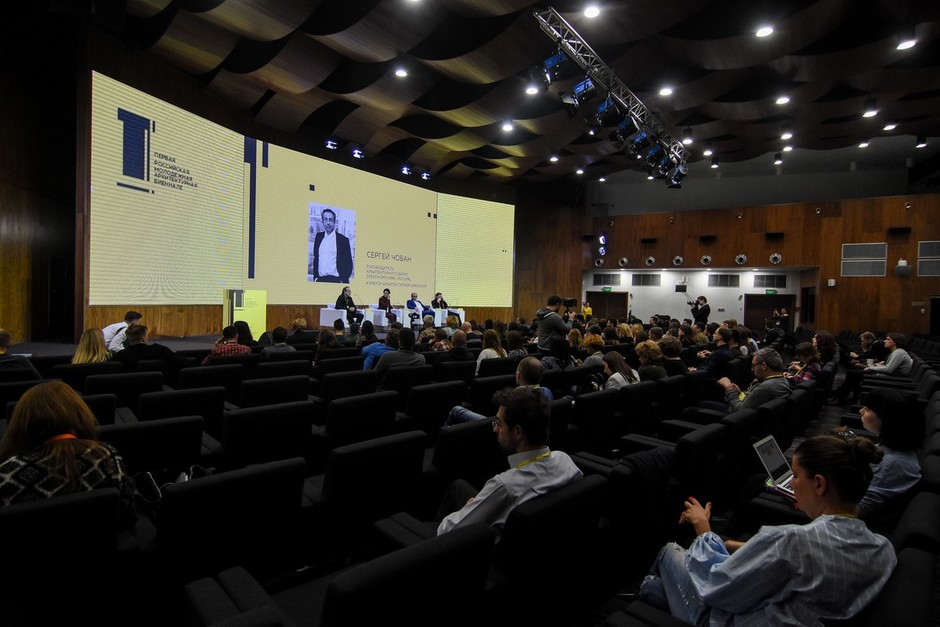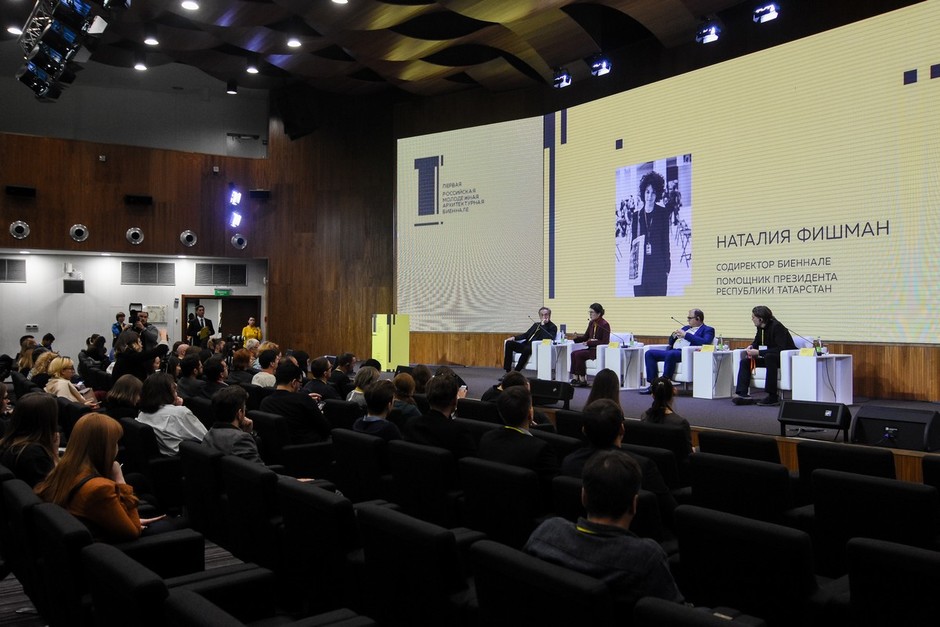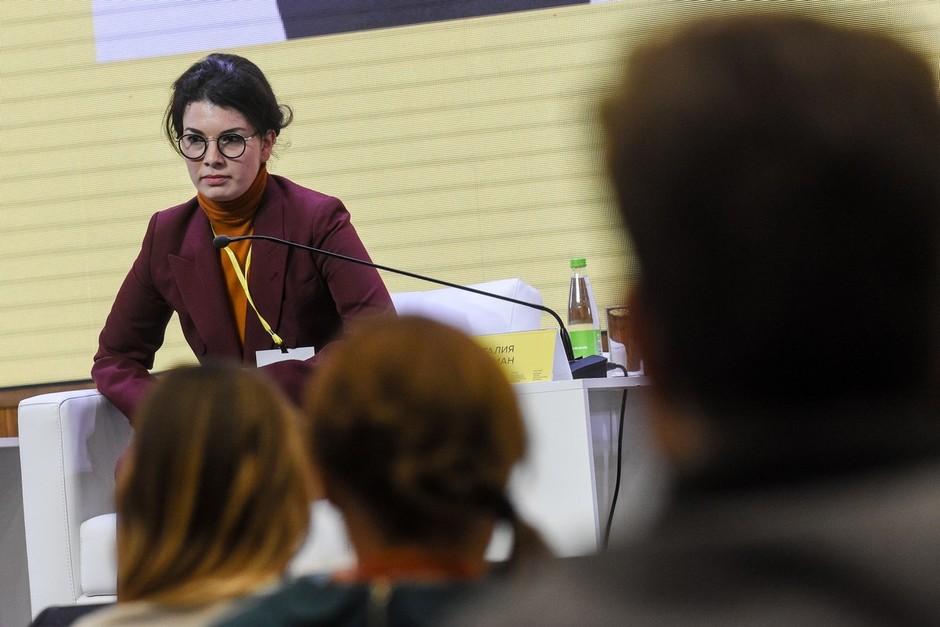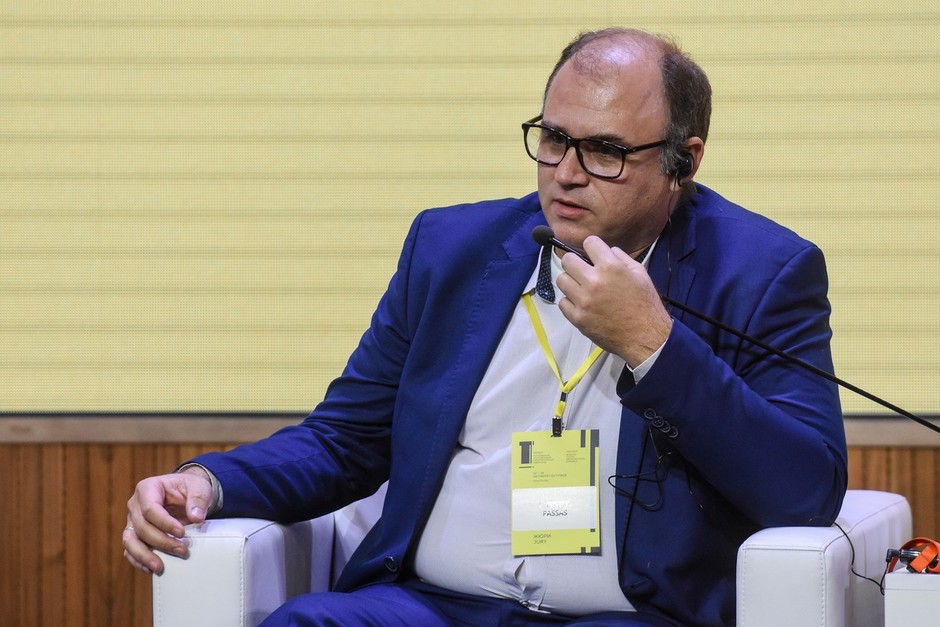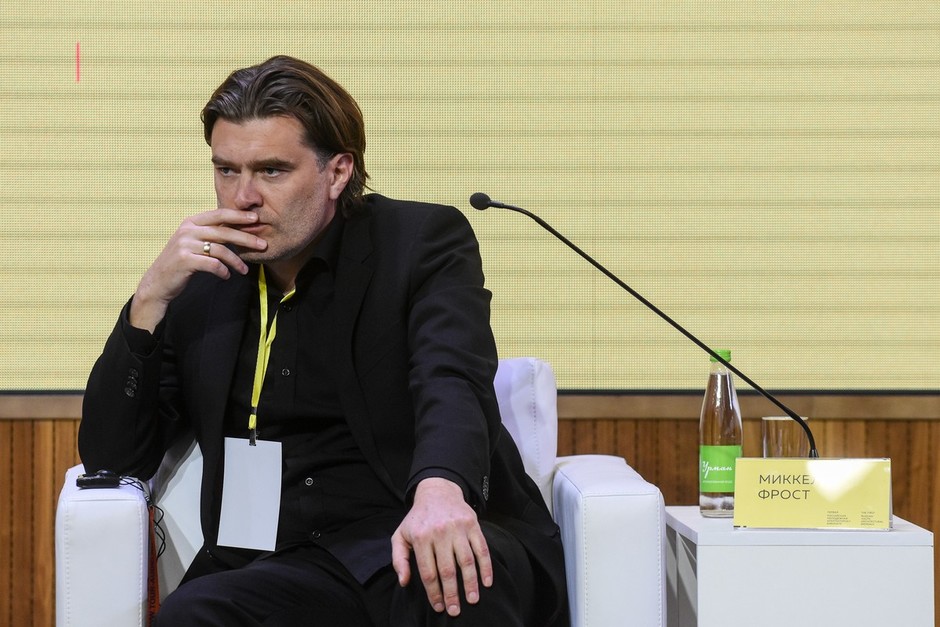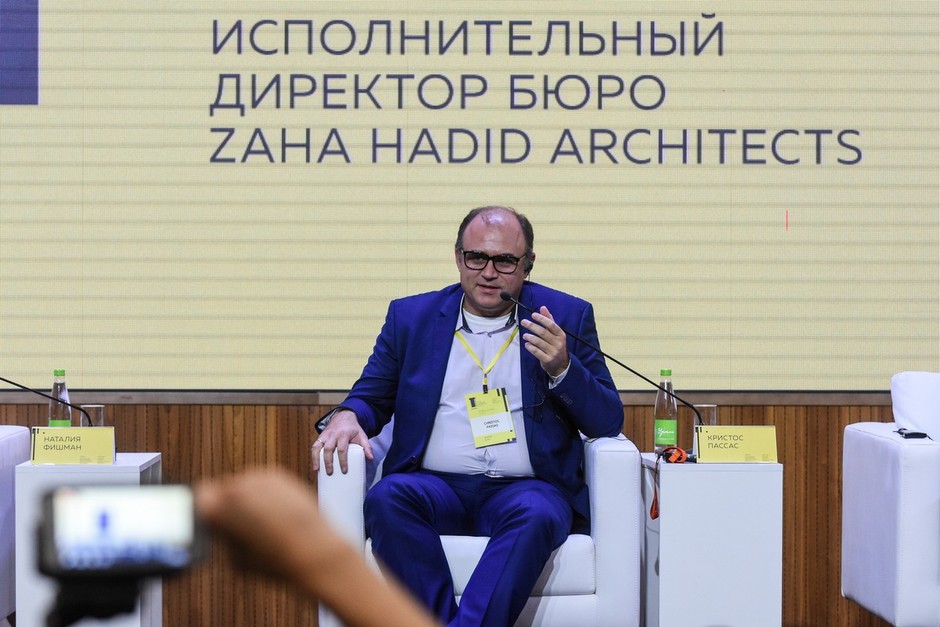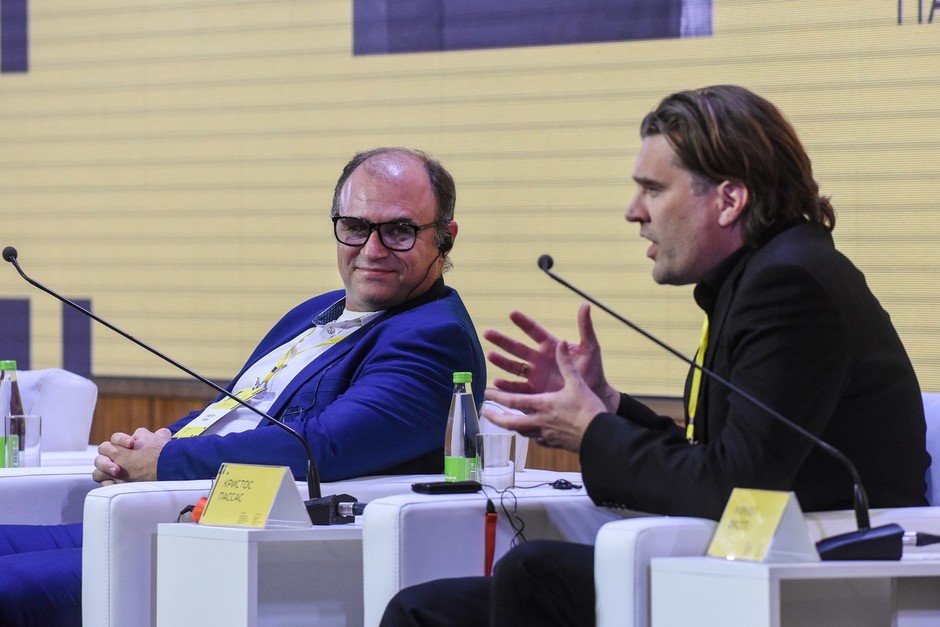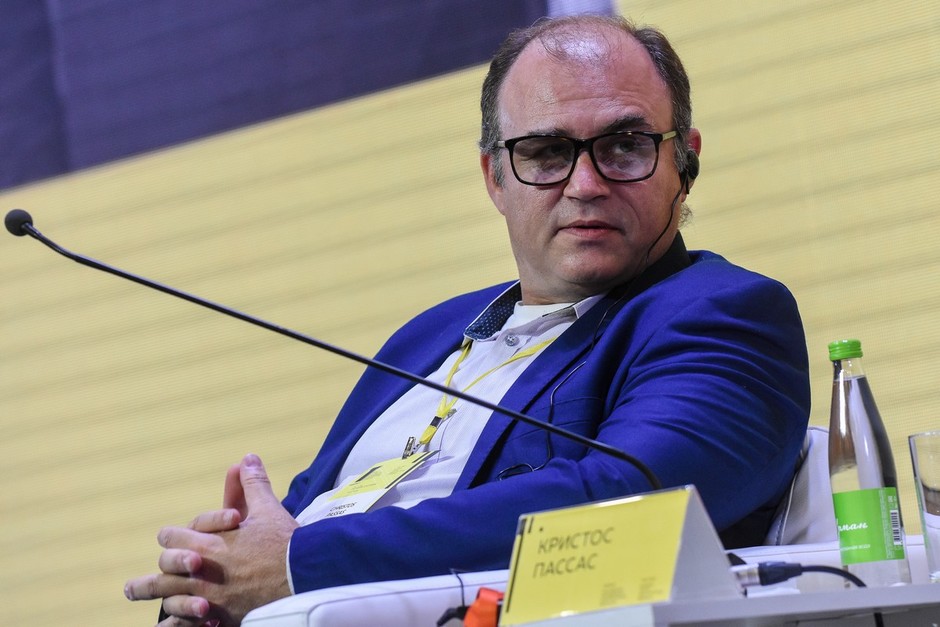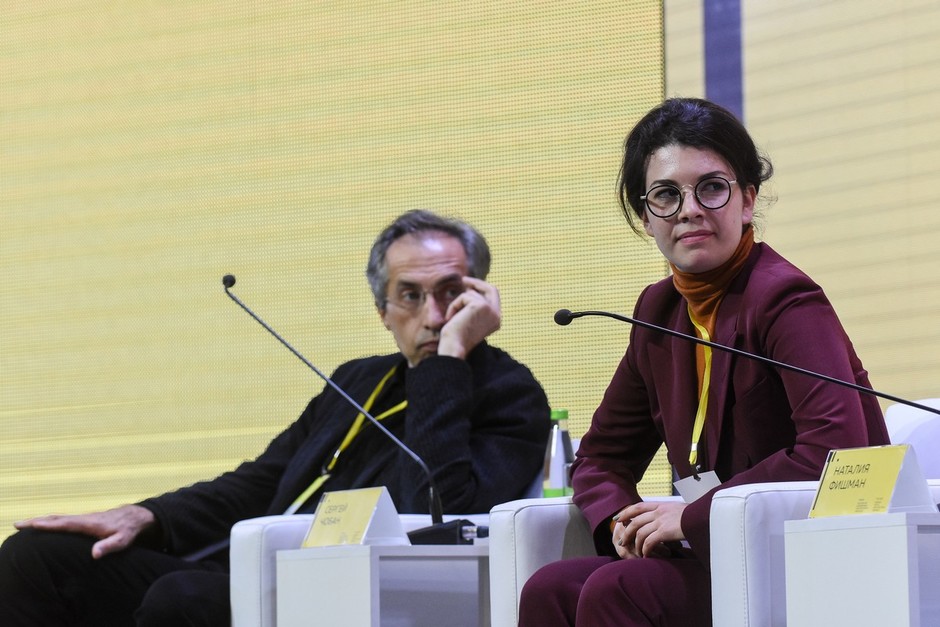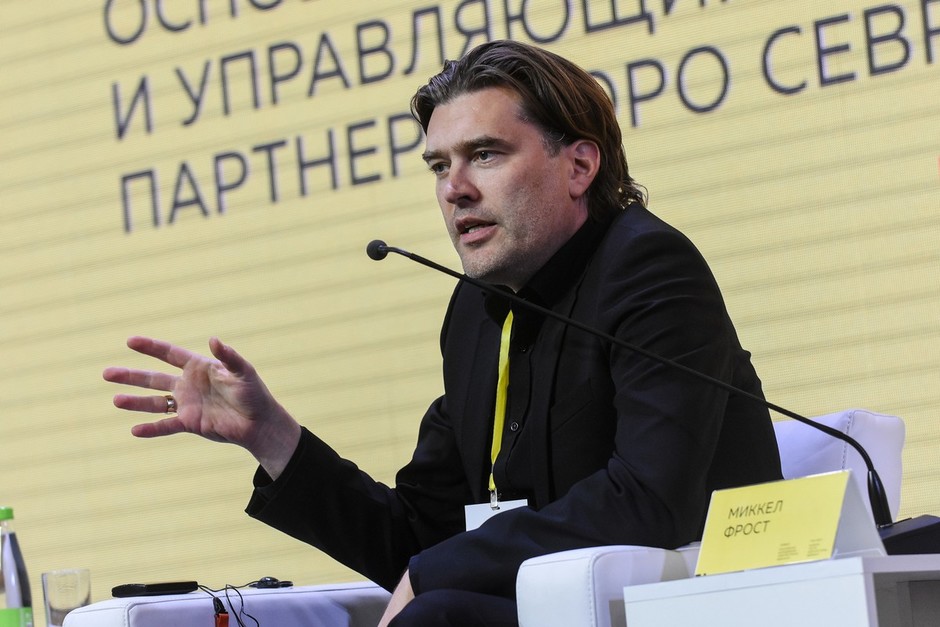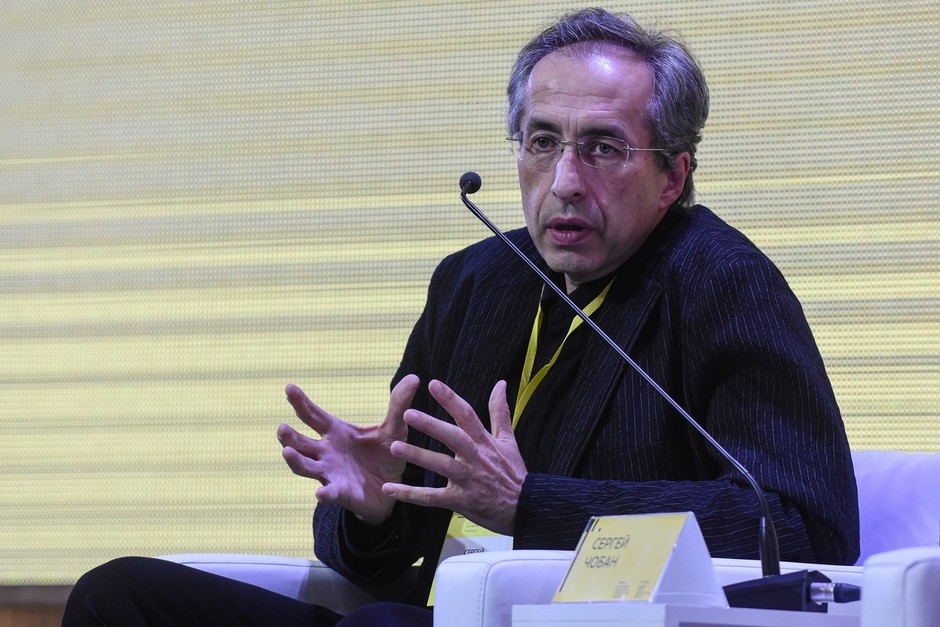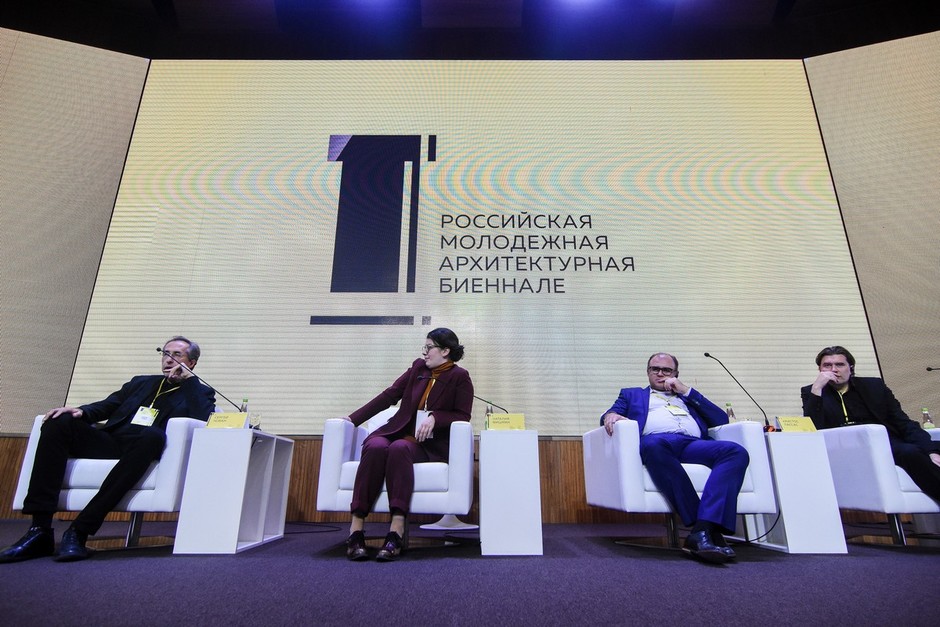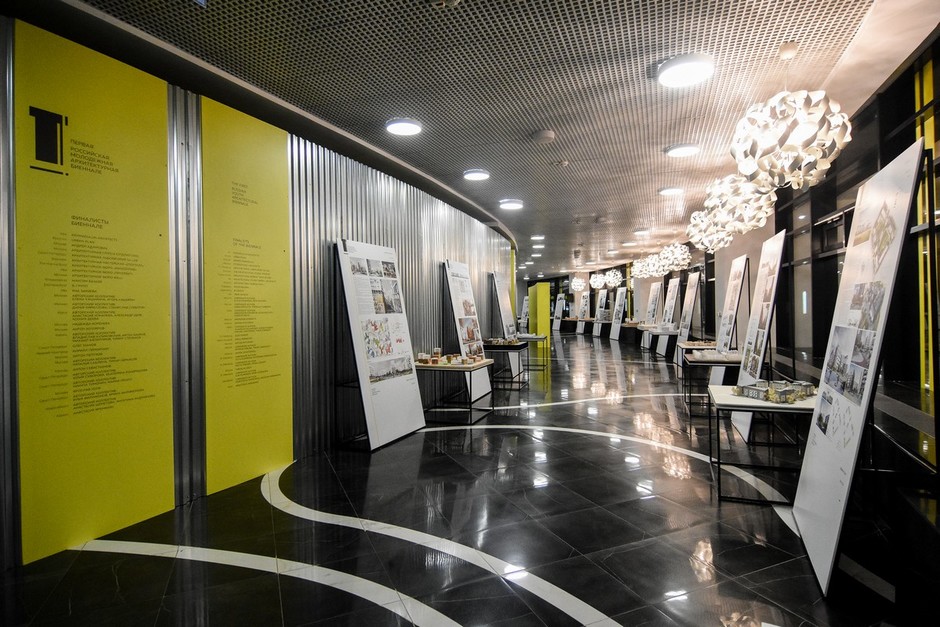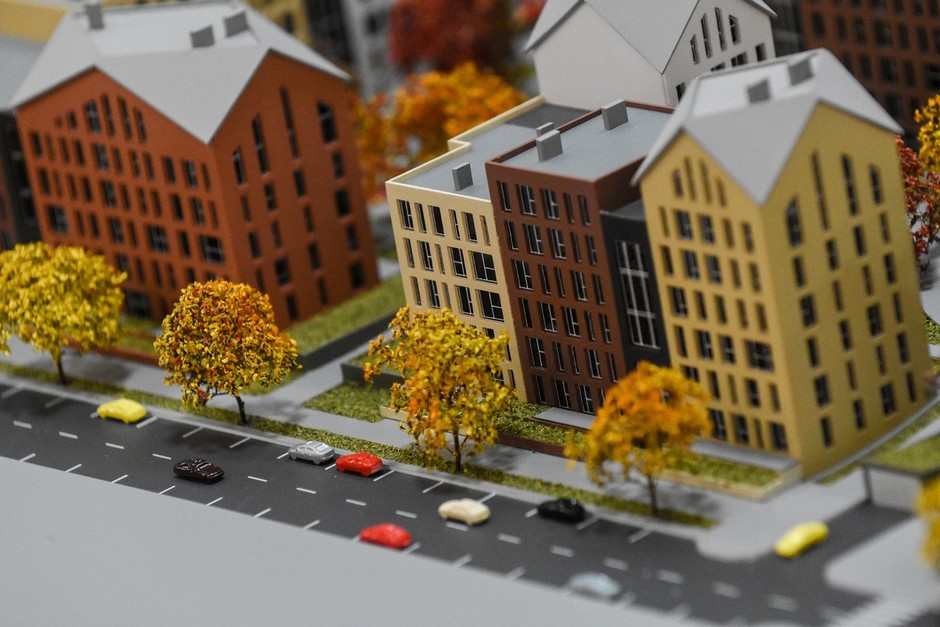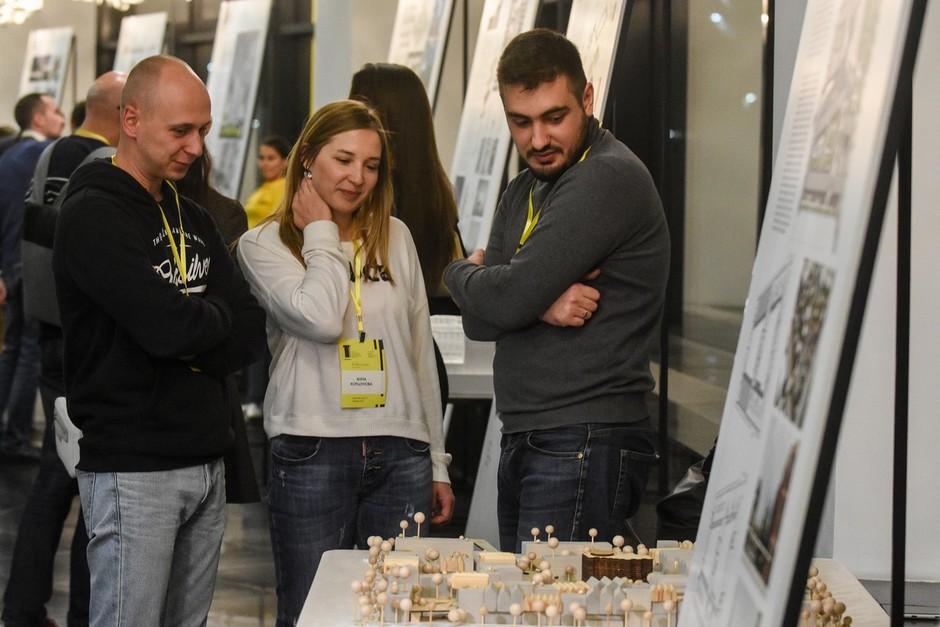Sergey Choban: ''When people are free of limits, they draw a city they would like to live themselves in''
Leading Russian and German architect about major goals of young architects
To make up an environment where one would like to live in – was the main goal set for young architects of the country in a professional contest in Innopolis. On the initiative of the Ministry of Construction of Russia and Tatarstan government, the first Russian Youth Architectural Biennale opened here. Its goal is to find the most creative architects and open them the road to the world. Over 300 participants submitted their applications, 30 best architects reached the final. And jury members from leading international architect bureaus already make them a hint that they would get their eye on somebody. Realnoe Vremya found out what an environment the very architects want to live in.
Human architecture and environment where one wants to live in
Finalist of the biennale from Kazan Anastasia Yaremenko is famous as one of the head architects of the Gorky-Ometyevo Forest, participated in the creation of projects of Rotterdam and Ostrovsky residential complexes. In the biennale, the girl presented a project of a residential complex consisting of mid-rise buildings with the only keynote – a block of flats of a youth cluster with leased flats for young invited experts who will live and work in this district.
''For me, it is experience, communication, opportunity to understand how my level will be evaluated by so competent jury and, most importantly, to try to change attitude to the development of quarters because when we submitted applications and wrote essays. I described the micro-district where I live, what I disliked about it and why it was important for me to change it,'' Anastasia Yaremenko says.
Another team of Kazan citizens is the author of all draft projects of Innopolis from Innopolis Architectural bureau Mikhail Kapitonov and Timur Stepanov. Working on their project, they, first of all, thought that residential architecture needed to be human and environmental.
''What does human architecture mean? Off huge areas, huge residential yards, public spaces, main highways, that's to say, we need to be closer to people. We tried to be more socially oriented and closer to ordinary inhabitants,'' Timur Stepanov says.
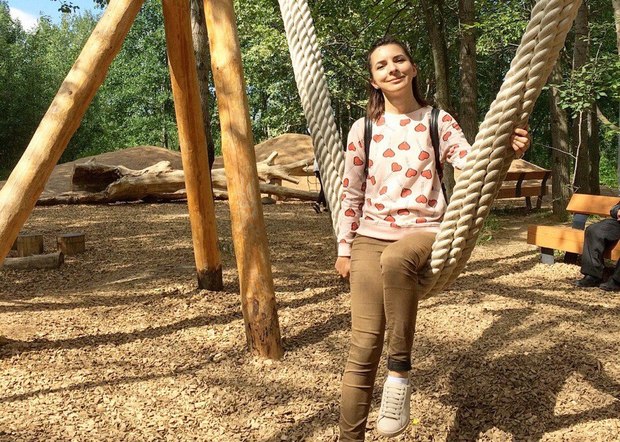
At first sight, the miniature of the Kazan architect doesn't differ a lot from other dwellings except glass residential towers that serve as orientation in the quarter, the architects say.
Moscow's futurist residential transformers
Knowing that the project won't be fulfilled, Moscow creative architects allowed themselves to dream and presented a concept of the ideal residential quarter of the future that would enable to meet any person's needs. The complex reminds a transformer and consists of individual residential capsules that can become a pyramid of multi-storeyed houses like cubes or separate and serve an independent dwelling. You push the button and go up to the sky with a flat in a skyscraper. If you want to stay alone – put your flat on the ground, amid the green.
''We thought that in the future people will choose a place to live in on their own, not following principles set by architects. This is why we made such a free manifestation where such individual capsules can levitate, move in space depending on every person's needs. The residential towers can collapse and turn into villages. If the person is an introvert, he can live alone,'' Ruben Arakelyan, a finalist from Moscow, worker of WALL architectural bureau, demonstrated the miniature of the futurist quarter.
The 1 st Russian Youth Architectural Biennale had 377 applicants from all the country in total. 30 finalists were selected from them from 12 cities of the country who presented their ideas of residential quarters for a comfortable city. But one of them was excluded because he did not cope with the task, which stresses the contest's high level again.
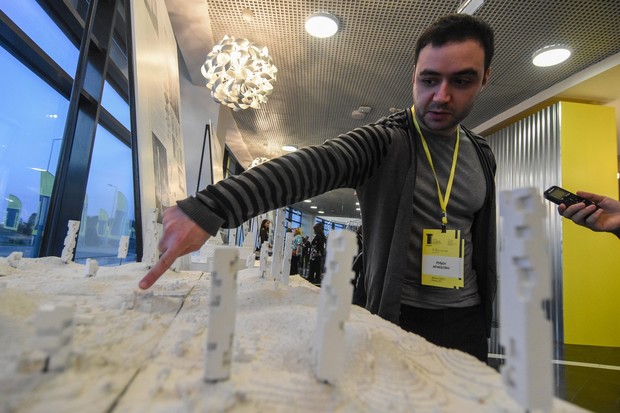
''We look for talents for Tatarstan''
On 12 October, supervisor and chairman of the biennale Sergey Choban, head of SPEECH architect bureau and Tchoban Voss Arckitekten (Berlin) acquainted with the finalists' works and shared his first positive impressions.
''When people are quite free, they are not limited by investors, contracted competition or even free competition with clear economic parameters, if competitors are divested of these limits, they start to create concepts and draw a city where they would like to live themselves whether they want it or not. And the results of this drawing surprised me somehow, something made me glad. But in any case, it is very important, the result is incomparable,'' Sergey Choban thinks.
The supervisor of the contest also noted the architects raised important questions during the competition, for instance, how dense houses should be built or what types should be used. The answers were interesting and different. According to Tatarstan President's aide Natalia Fishman, the goal is to understand how the urban environment should look. This is why the biennale competition will become regular and enable young architects to demonstrate themselves, for instance, in public space development programmes. So it will be possible to create a social ladder for young creative architects.
''We will understand the benefit of the biennale as time goes by if you have real orders. And if you have these orders at home because many finalists are not from Moscow but regions, we would like very much you authorities to pay attention they have talented professionals. And we would like fulfilled projects to appear. We understand that it is also our president's position, we also look for talents in our region because we have a very strong professional environment. But any environment needs to be diluted. And we would like to see the best projects, the best architects in Tatarstan. In this respect, we will acquaint with you very carefully,'' biennale co-director Natalia Fishman stated.
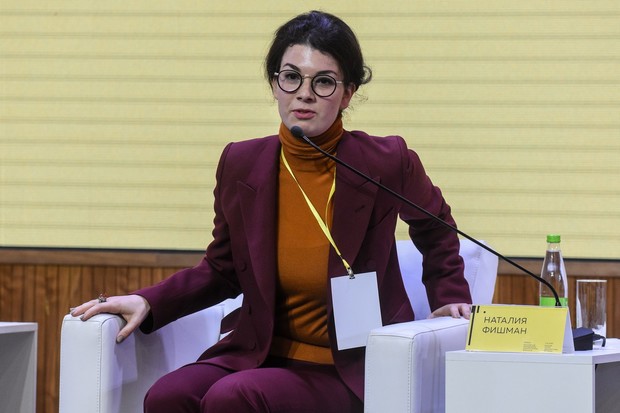
The jury was going to evaluate the finalists' works behind closed doors for 6 hours. The jury includes international leading architects with big working experience.
According to Christos Passas, executive director of Zaha Hadid Architects (Great Britain), it seems to him that both Russia and the whole world were transforming, when absolutely genius ideas came up, a dialogue between different countries developed. So it was the place where new solutions of the future world could be seen.
Mikkel Frost, founder and managing partner of CEBRA (Denmark) noted that he saw our projects and everything was great. He was convinced there would be a big number of winners whom they could get their eye on.
Five winners were to be chosen among the finalists. Three people will share the first places and the other two will get special prizes of the Ministry of Construction of Russia and Tatarstan government. The names of the best young architects were to be announced on the third day of the competition, on Saturday. And their works can be seen on exhibitions that will cross all Russia.
